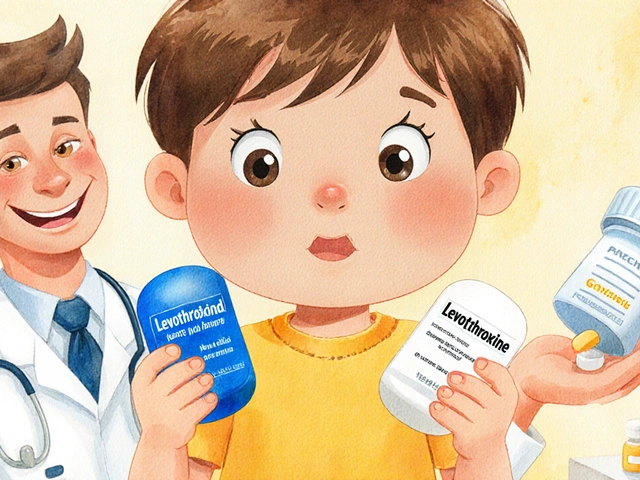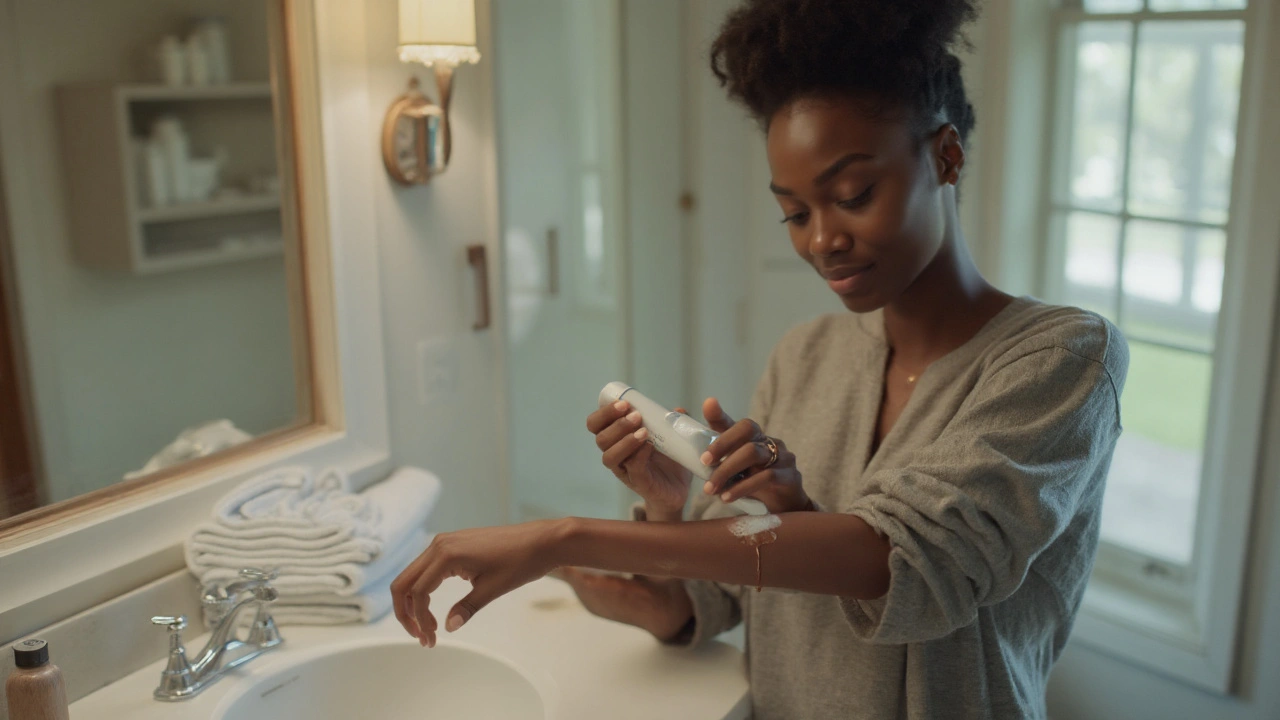Scalp Ringworm: What You Need to Know
Scalp ringworm, also called tinea capitis, is a common fungal infection that loves to grow on the hair and skin of the head. It isn’t caused by a worm at all – it’s a fungus that spreads easily from person to person, especially in kids who share hats, brushes, or sports equipment.
Common Signs and Symptoms
First signs usually show up as small, itchy bumps that later turn into round, scaly patches. These patches can be pink or brown and often have a raised edge that looks like a tiny ring – hence the name “ringworm.” In some cases the hair in the patch breaks off, leaving a bald spot that may look like a white circle.
If you notice sudden itching, redness, or a sore that won’t heal on the scalp, it’s a good idea to see a doctor. They can confirm the infection with a simple skin scraping under a microscope. Early detection makes treatment easier and stops the fungus from spreading to other family members.
How to Treat and Prevent
Doctors usually prescribe oral antifungal medicines such as griseofulvin or terbinafine. These pills work from the inside out to clear the infection, and most people see improvement after a few weeks. In addition to pills, medicated shampoos containing selenium sulfide or ketoconazole help reduce the fungus on the scalp and lower the risk of passing it on.
While you’re on medication, keep the scalp clean and dry. Wash hair daily with the prescribed shampoo, and let it air‑dry or use a clean towel. Don’t share combs, hats, pillows, or hair accessories until the infection is completely gone.
Cleaning the home is just as important. Toss or wash any clothing, bedding, or towels that touched the infected scalp in hot water (at least 140°F/60°C) and dry them on a high heat setting. Vacuum carpets and upholstered furniture to pick up any stray fungal spores.
Good hygiene habits go a long way. Encourage kids to keep their hair tied back during sports, use their own personal items, and wash hands after touching their scalp. If you live in a crowded setting like a school or daycare, let the staff know so they can take extra cleaning steps.
Most people recover fully with proper treatment, but the fungus can come back if you skip doses or ignore hygiene rules. Finish the full course of medication, even if the patches look better early on, to make sure every fungus is gone.
Bottom line: Spot scalp ringworm early, get the right antifungal meds, keep the scalp clean, and don’t share personal items. Follow these steps and you’ll beat the infection and keep it from coming back.





